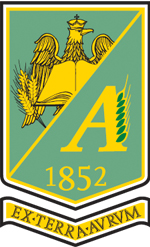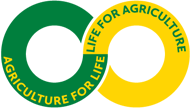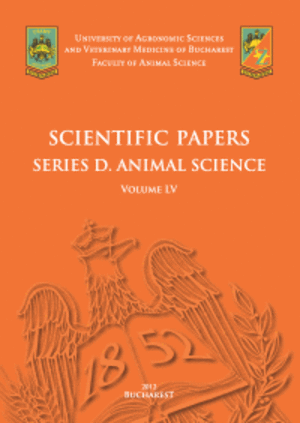Published in Scientific Papers. Series A. Agronomy, Vol. LXVIII, Issue 1
Written by Marina DRUMEVA-YONCHEVA, Neli KERANOVA, Yonko YONCHEV
To evaluate the yield, morphological traits and chemical indicators of Virginia tobacco genotypes, under agroecological conditions of Plovdiv, a study was conducted during 2017-2019 in an experimental field at Tobacco and Tobacco Products Institute, Markovo. Three new genotypes of Virginia tobacco - L 36, H 126 F1, H 135 F1 and standard Virginia 0514 were planted in four replications and evaluated by the following traits: plant height; number of leaves; twelfth leaf length, twelfth leaf width; leaf area, cured leaf yield, chemical components - nicotine, sugars, total nitrogen, balance ratio total nitrogen/nicotine and sugars/nicotine. It was found that statistically significant differences existed among the studied Virginia tobacco genotypes only in the indicators cured leaf yield, twelfth leaf length and in the adaptability of plant height trait. Genotypes H 126 and L 36 are distinguished by a proven greater twelfth leave length (64; 62 cm) and cured leaf yield (3.20; 3.14 t/ha). The presence of statistically significant differences between genotypes in terms of plant height trait proved H 126 to be the most resistant to environmental factors, followed by L 36. The standard V 0514 demonstrated superiority for the sugars/nicotine ratio, but for all genotypes the value was within the reference range. In L 36 the total nitrogen/nicotine ratio was below 1.
[Read full article] [Citation]




